
Optimists do the reps.
They reach for the next rung, recalling the learnings from when they scaled the one below it.
The next rung might be harder to attain, missing it is not a failure.
It’s all just practice.
Read on to find out some things you can do to perceive failings as merely a ladder to climb rather than forbidding chasm of doom fraught with failure.
Psychologists agree it is within your power to dramatically build your optimism muscle.
Not me, you think gloomily. I am perennially doomed…I have such consistent bad luck I have become accustomed to it…if something bad is going to happen, it’s most likely going to happen to me, you lament.
You persist in your personal impending doom-fest, telling yourself, even if I do somehow happen on good times once in a blue moon, I know that all good things must come to an end, don’t they? And that end is most likely sooner than later, you grumble.
But it’s ok, you say, because I deserve the bad outcomes. I am the reasons for my failures. The unmet goals, missed deadlines, poor credit score, dead-end job, failed relationships, ramshackle house and nagging health issues are my own fault.
If I was not so irresponsible, lazy, unmotivated, uneducated, undisciplined, and or any of the litany of other deficiencies that cause and lead me mired in relentless poor outcomes, none of this would have ever happened, you feebly conclude.
Guess what sad sack, decades of research show, rather actually prove, you are dead wrong!
If you are an optimist, then it is very likely you were born with a natural aptitude for happiness. But even if you arrived on this earth with an other than optimistic temperament, you can develop your own optimism muscle. Just do the reps!
Optimists Use a Different Playbook
Hey, what it really comes down to is that optimists play by different rules than the rest of us.
Analysis of optimists, their thought patterns and behavior give a surprisingly positive picture of the likelihood that you can intentionally change your outlook from pessimist to optimist, and that change can be permanent.
Let me explain to you how this can be achieved, it comes down to 3 key differences between optimists and the rest of us:
Optimists view negative circumstances as temporary, and maintain a positive outlook about the future
Optimists make friends with failure, and view it as a way to learn and plan for future successes
Optimists have an “explanatory style” that rationalizes poor outcomes and squarely places blame on external factors that they could not control
Optimists Believe Setbacks are Temporary and Struggle Builds Momentum
Here’s one difference between you, me and the optimists among us.
Optimists believe these setbacks are temporary and are part of the struggle…. don’t quit before you get to the good stuff and have a breakthrough, you won’t let things have a chance to come together….push through chaos until you reach order.
Optimists recognize that the struggle really never ends, and that struggle is part of the process of succeeding.
When there is friction in a process and it slows down the progress toward success, it is not a failure but instead a test to hone your skills and put to use the learnings from prior attempts.
Don’t get frustrated with process breakdowns, rather put to use your learnings to solve the problem and push the process forward.
Optimists believe that success is just around the corner and always within reach. The only real losers are those who stop trying.
Success does build on success, so expect the struggle to be greater initially,
Often the pain of struggle is in the misguided perception that it is leading to and signifies abject failure.
Optimist view struggle as merely one of the obstacles on the triumphant path to victory. It is a struggle because you have expended energy to make it this far and you are depleted.
Don’t let struggle and weariness foolishly convince you that failure is inevitably the outcome.
Optimists push through the discomfort, believing the end is in sight, and power through to the end with one last mighty push.
Optimists Believe Failures are for Learning
A second tool in the optimist toolbox is making peace with failures.
Consider this: 100 % of humans fail. Hmm, so why would you be any different?
I mean really, why do you set yourself up for disappointment by believing you are some sort of supreme being, outlier or superhuman specimen that is going to escape the human condition and flawlessly perform, execute plans, or behave perfectly upon the first attempt?
Recognize that your first forays may fall short because you haven’t practiced enough to have the skill it takes to reach the goal. And that the best way to reach the goal is to continue to practice reaching it.
Wait, NBA basketball legend Michael Jordan was cut from his high school basketball team…what???
Take the learnings from failure and apply it to the next opportunity, don’t get hung up on the lost opportunity and beat yourself up for “losing” it.
Just because you view an opportunity as once in a lifetime or the one that got away does not mean it was the best situation for you. Losing the opportunity may have been the universe saving you from unforeseen bad circumstances.
Use the energy not for mourning your loss but instead for prevailing on the next attempt.
Don’t subtly sabotage your success by lobbing a lackluster second attempt because you believe the goal is unattainable by you, the perennial loser. Nope, don’t even go there.
Don’t get emotionally attached to the failure, wallow in self-doubt and beat yourself up for being a loser. While it is fine to feel the momentary sting of defeat, the point is to bounce back and not belabor the feeling.
Don’t waste your time re-hashing the loss over and over. Avoid boring your partner, friends and colleagues with tales of woe. That loser-ly emotional response is holding you back from impending success.
Reviewing the performance once and identifying lessons learned is the most you need to dwell on it post-loss.
The review and re-set technique is the difference between winners and losers. Because all triumphant winners were once miserable losers but they got up and took the next opportunity to win.
They quickly accept the defeat and move on, determined to improve incrementally while robustly giving it another go, knowing the only real losers are those who really just stop trying.
(Forgive the cliches, but these are oh-so undeniably true!)
Optimists Believe External Factors, Not Their Own Shortcomings, Are The Reason for Failures
Like you, I have had my share of embarassing losses, epic struggles and devastating disappointments.
My default go-to reaction is often: Geez, what did I do wrong? How could I have done something differently to avoid this?
Well this is not a bad place to start a debrief, to reflect on where things fell apart. However, too often I feel that the loss is solely due to my own shortcomings. It’s downright depressing…
A third highly successful technique used by optimists is the ability to explain to themselves why a loss occurred, by focusing on the exterior factors not under their control that ultimately caused the failure.
Did you even know you had an “explanatory style”? According to psychologists, it’s the way we process what is happening to us….what it means and what we should do about it.
If you perceive yourself as losing, that you are struggling because you are inadequate, unlucky or a loser, then you will tell yourself that what is happening is solely your fault.
This type of self-talk is demoralizing. It will zap your energy and fog your brain at a time when you need clear-headedness and vigor to reach your goal.
Instead of feeling they have determined the outcome, an optimist will view others as the reasons for an outcome. In the mind of an optimist, others have created roadblocks to their success. Or the hand of the Universe was setting out a different path or choice to protect them from unforeseen negative circumstances.
In the mind of an optimist, when poor outcomes happen it is merely because they are the victim of circumstance. They did not get the house they offered on because the neighbors are horrible. Or there was a major hidden structural defect that the seller was covering up just to get the sale and off load the house to the next poor sucker. See how that works?
The outlook of an optimist is that they can overcome setbacks by analysing the failure, identifying those external forces causing the struggle and try to eliminate them.
Here’s a common scenario. You are a first-time homebuyer and you keep losing to cash buyers. Look for a seller who is okay with buyer financing and you will win. It’s not because you did anything different but because you finally found a seller who would sell to you.
It was never your fault, but if you had believed it was and gave up, then you would have failed to reach the goal. This is how optimists view life.
Go Forth and Become an Optimist
Research shows only 25% of folks are born with an optimistic temperament. So you may not have been born with the natural strong aptitude for happiness. Clearly, natural optimists are a minority of the human race. And even optimists are not always optimistic.
The struggle we encounter as you reach toward that elusive goal that you can nearly touch but continues to slip from your grasp is a sign. It is not a “STOP” sign, it is a “GO” sign.
Struggle feels like failure because it is hard. You are bone-weary, frustrated and nearly about to quit. But unlike you, optimists view glorious struggle as that last unmistakeable milestone before victoriously crossing the finish line.
Here is the good news my friend, optimism can be learned. It is a technique to be practiced. You can flip the switch and start building your optimism habit today, if you decide to.
Optimists do the reps. Optimists do the reps. Optimists do the reps.
See how that works? Rinse and repeat.
Take a few plays from the optimists’ playbook and see if it makes a difference for you. Let me know how it works for you. Drop me an email or post in the comments. I love to hear from my readers….


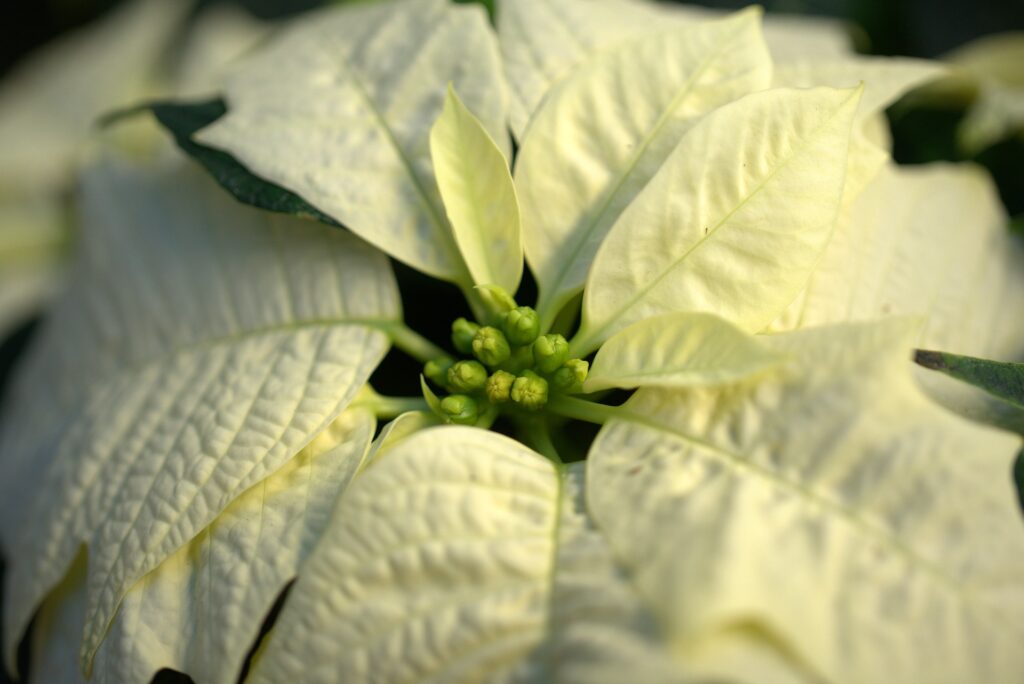

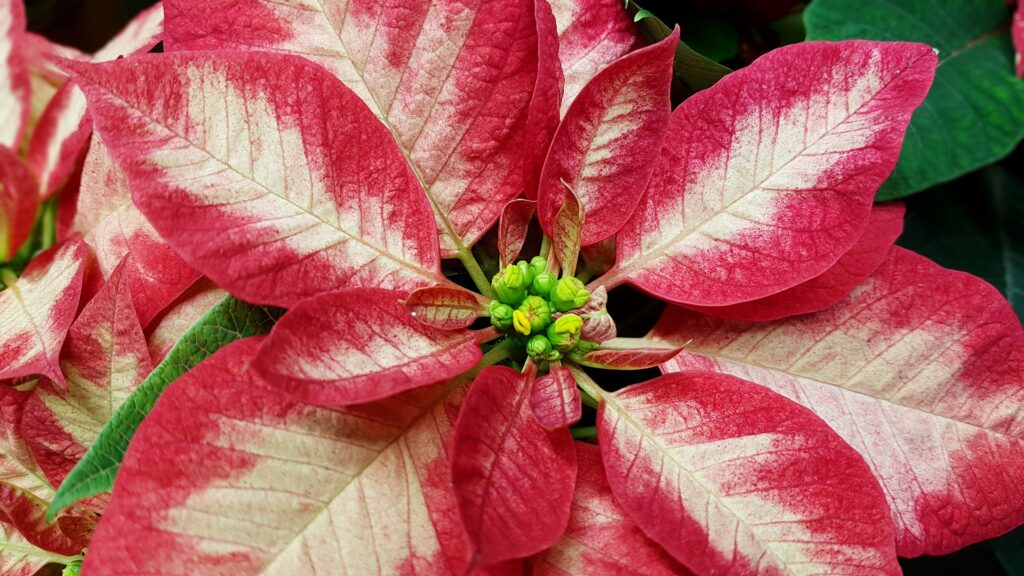
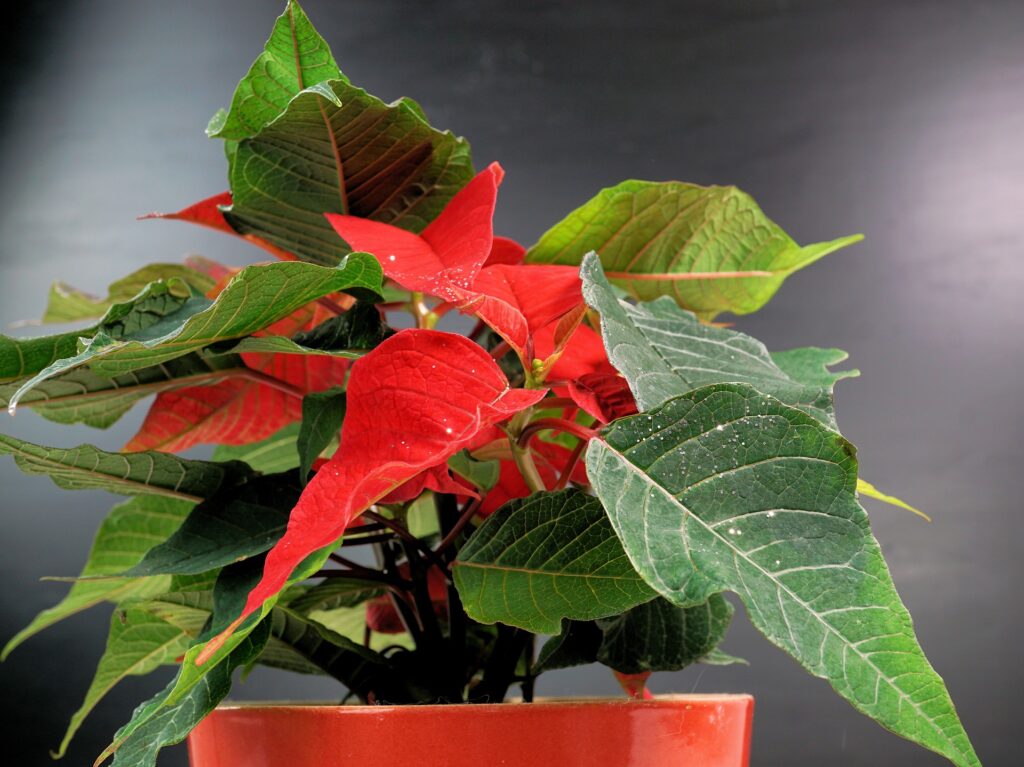


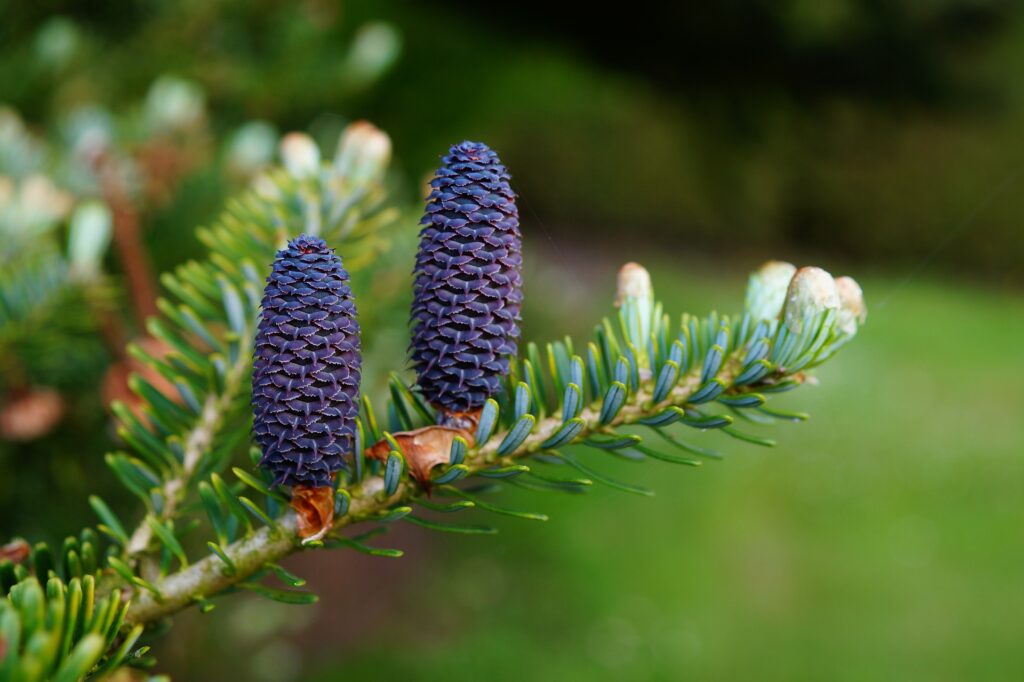





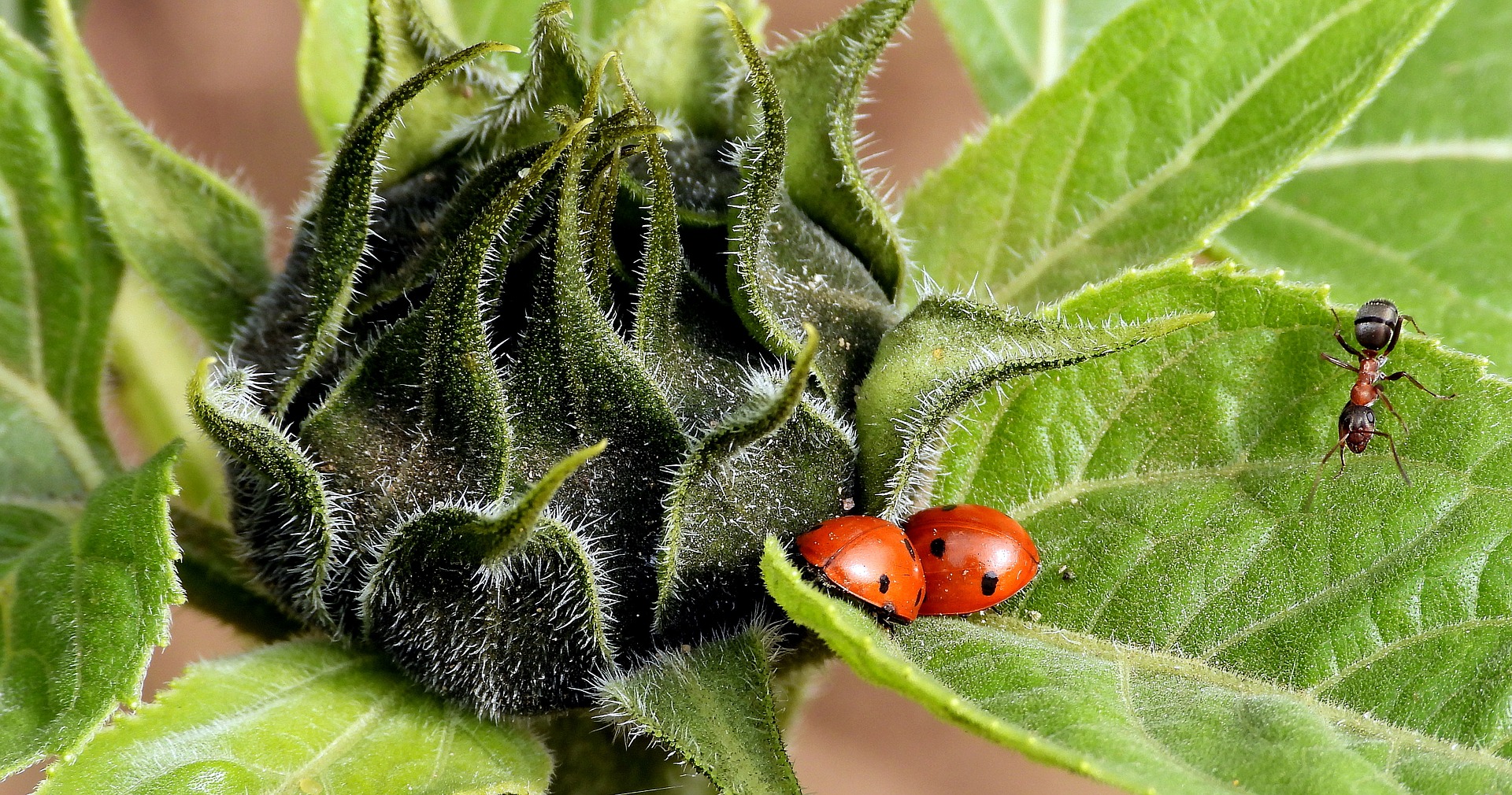 Encourage Beneficial Insects
Encourage Beneficial Insects



